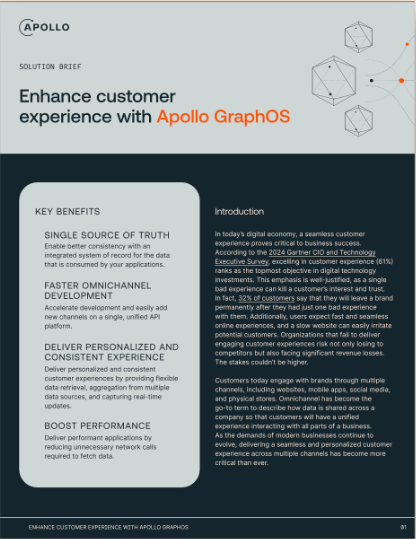The Journey from REST to GraphQL
Why GraphQL is a better solution than REST for delivering new experiences
What pitfalls to avoid when migrating from REST to GraphQL
How to design your GraphQL schema the right way
Developers have rapidly adopted GraphQL since it open sourced in 2015. GraphQL focuses on creating APIs that are designed around how data will be consumed—improving the way developers build applications and enabling product teams to deliver new experiences faster. This differs from previous API technologies that focused on creating endpoints that were very data centric and not concerned with how data was going to be consumed.
How is GraphQL different from REST?
For developers, GraphQL reduces the amount of time they spend writing boilerplate, data-fetching code so they can focus on building features. Application performance also improves thanks to a reduced payload size and fewer roundtrips.
While many engineering teams rely on a REST architecture to deliver digital experiences for their users, REST does not easily scale to integrate new capabilities that organizations need to stay current and competitive. With GraphQL, client engineering teams have a more flexible way to fetch data and integrate additional capabilities into new and existing platforms as they pop up. This allows them to deliver more value to customers and drive business growth.


